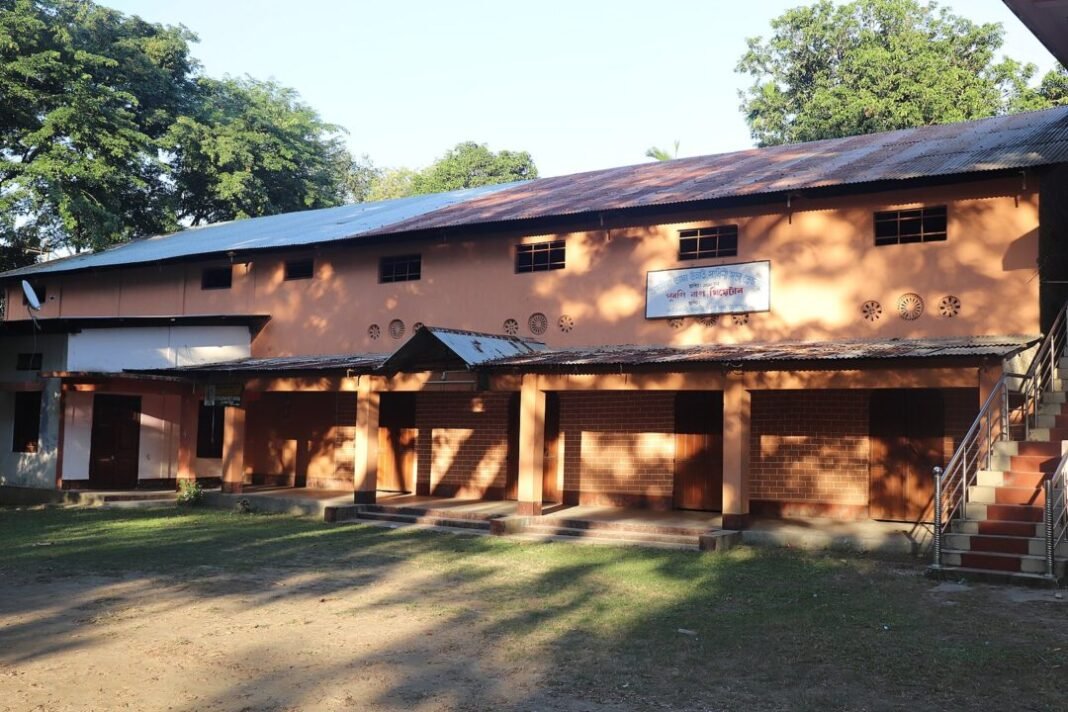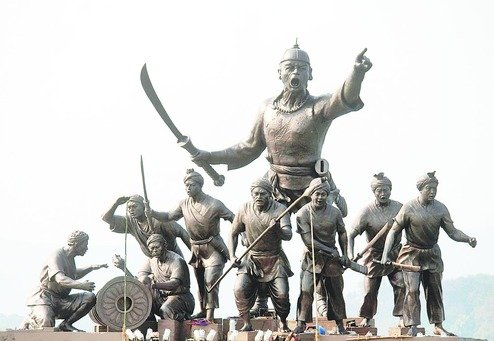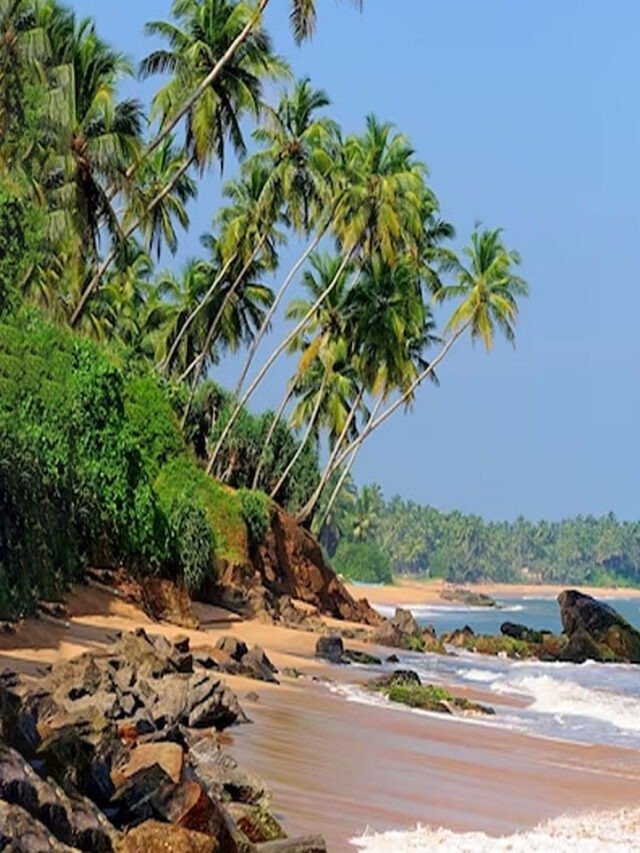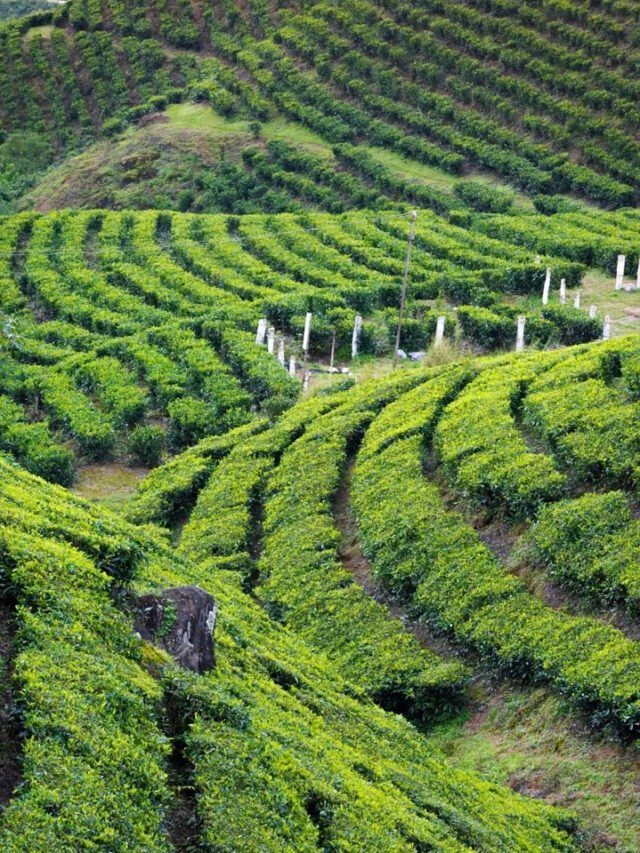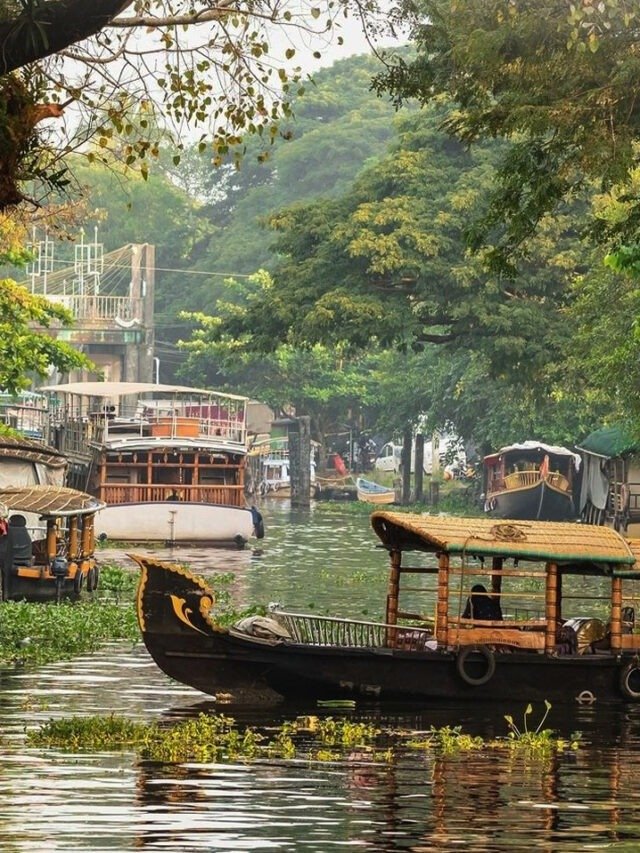By: Prathana Mahanta
The Baan Theatre, established in 1906, and named after King Ban, the legendary ruler of Tezpur, has been a monumental contributor to the development of modern art and culture in Assam. This Tezpur based centre is the first contemporary Assamese opera house and considered the most noteworthy headway in the cultural life of the state. It was here the cultural and pioneering legend triad — Jyotiprasad Agarwala, Bishnu Prasad Rabha and Phani Sharmah bloomed. With a much celebrated history, Baan Theatre has immensely contributed towards strengthening the Assamese people, developing their socio-cultural life and serving as the unifying factor since the ages. The most significant and landmark centre of brilliance in performing arts, Baan Theatre has given artistes and writers a creative platform and has upgraded their lives.
Rupkonwar played some significant characters and people considered him as one of the best actors because he didn’t fail in any. Jyotiprasad Agarwala in turn never forgot to bestow his gratitude and went on to contribute significantly towards the development of the centre and in making Baan Theatre one of the important places of the Assamese culture.
The noble architects of the cultural centre and the several committees with their excellent foresight had envisaged the massive cultural movement the Baan Theatre would bring about when they charted its aims and objectives.
They had also planned to begin a standard school of Assamese classical dance, drama and music to nourish, develop and mould talents among the contemporary young generation and for posterity. In this respect, mention can be made of some great personalities like Padmanath Gohain Baruah, Radhanath Phukan, Betharam Sarmah, Bhawani Charan Bhattacharyya, Joy Dev Sarmah, Krishna Chandra Choudhury, Hem Chandra Baruah, Hari Bilash Agarwala who tried to fulfill the hopes of the Assamese society.
Since its establishment more than 100 years ago, Ban Theatre has relentlessly and proudly produced most talented people like ‘Rupkowar’ Jyotiprasad Agarwala, the doyen of Assamese art & culture, the pioneer in producing, directing, scoring music in the first Assamese film ever made — Jaimati, depicting the values and sacrifice of a woman revolting against a tyrannical ruler; ‘Kalaguru’ Bishnuprasad Rava, a revolutionary poet, lyricist, dancer, music composer and artist etc.; ‘Natasurya’ Phani Sharma, the play writer and famous actor in stage and screen; Dada Saheb Phalke Award Winner, “Roving Minstrel” Dr. Bhupen Hazarika, the internationally known music maestro, producer, director, music scorer in number of award-winning films; ‘Mancha-Kowar’ Chandradhar Goswami etc. to name few. In the history of the theatre 1925—1945 was the Golden Period, when Jyoti Prasad Agarwala, Bishnu Prasad Rabha, Phani Sarmah, Chandradhar Goswami, Dr Bhupen Hazarika brought a new direction to Assamese drama and music.
Baan Theatre has also taken key steps to develop plays for children, paving way for nurturing talents from childhood into great artists and dramatists who reciprocated in transform Baan Theatre into a glorious chapter.
As an acclaimed society, Baan Theatre has been a symbol of nationalism since its inception. The name of Baan Theatre has been written in golden letters. There was a time though when clumsiness had crept into the cultural environment, but radical steps were swiftly taken to reclaim its glory by its members. It now rests on the young generation to maintain the glory of Baan Theatre. According to Jahnu Baruah, one of the prominent film directors of Assam, Baan Theatre is a symbol of Tezpur and likewise Tezpur should be the symbol of Baan Theatre.
The socio-cultural environment of that time at Tezpur helped in the establishment of Baan Theatre. The Agarwala family also helped financially and also their artistry made the movement strong day by day. According to Nira Dogra, Piyari Mohan Choudhury drew and after that colourized the essential background and screen of acting produced by Baan Stage. Every drama staged here was no less than a celebrated festival for the people of Tezpur. We got to know that ‘Banraja’ by Padmanath Gohain Baruah was the first drama played in Baan Stage, from a write-up by Dr Hiren Gohain. There was no trend of translating Bengali plays. Jyotiprasad Agarwala wasn’t inspired by this play but it did impact his genius mind. Baan Stage introduced these artists Phani Sharmah, Chandradhar Goswami, Bishnu Rabha and many more to the audience.
New ideas and techniques have brought laurels through its theatrical performances at the state and national levels. The Natasurya Drama Festival, in the memory of Late Phani Sharma, is being regularly held every year since 1971 from 31 July to 4 August. The sole objective of this festival is to produce new dramas and new artists. It has already staged more than 100 dramas. With donations and contributions from various public sector undertakings, voluntary organisations and individuals a huge theatre hall with a seating capacity of 900 persons has already been completed. The acoustic treatment of interior decoration of the auditorium with most modern folding cushioned chair was done at a huge cost. But so far stage and modern lighting equipment, musical instruments are concerned- much is yet to be done.
The theatre created a platform for mobile acting. Though presentation may change with time and technology the essence of humanity brought out in the plays will remain the same. And this is the universal truth. And Baan Theatre, the cradle of the Assamese culture will continue to be the epicentre of intellectual and creative development for time to come.


